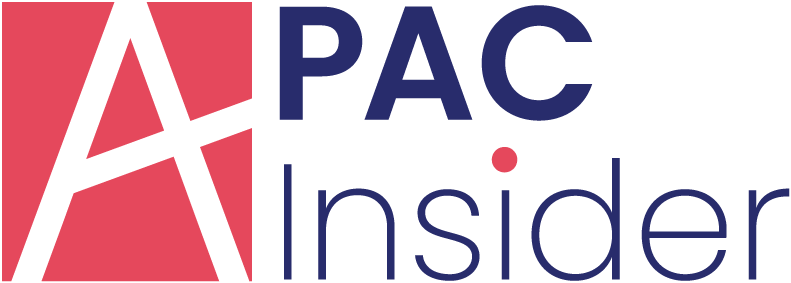
Whether you are new to the world of investing or just looking to diversify your holdings, there are a number of key decisions that must be made. One of the first being which type of portfolio is most likely to suit you during your investment journey. Continue reading to familiarise yourself with the different types of investment portfolio and how to choose the right one for you.
Aggressive
Aggressive is one of the most common types of investment portfolio. It seeks out large returns and the high risks associated with investing in them and tends to favour capital appreciation over safety. The type of strategies associated with an aggressive investment portfolio will usually allocate a large number of assets to stocks and little to none in bonds or cash-based investments. They are suited to young adults with small portfolios. This is due to the fact that young investors can sustain market fluctuations and losses much more easily than experienced investors with a lot to lose. Most investment advisors only recommend this strategy if it is applied to a small percentage of your entire investments. If you are looking for a high risk portfolio with an equally high return on your investment, it may benefit you to check out the Golden Butterfly Portfolio.
Retirement-blended
With interest rates continuing to decline, the traditional retirement portfolio is almost obsolete. Retirees must lay the groundwork and take the appropriate steps towards building a substantial retirement fund decades in advance. With life expectancy rates surging across the globe, this is now more important than ever. If you are an investor nearing retirement age, you may benefit from a blend of both income-oriented and growth-oriented investments. A common example is stocks and bonds. By taking a step back from alternative investments and sharpening your focus, you can generate long-term growth that is much more likely to grow in line with inflation. This increases your chances of receiving a relatively constant return on investment and softens the blow of equity deteriorations over time.
Income
When you invest, your returns can be relayed to you through dividend pay-outs or stock price appreciation. An income investment portfolio is the name given to a portfolio that consists primarily of stocks that pay dividends. Income portfolios tend to generate positive cash flow. Examples of investments that produce income include real estate investment trusts, or REITs, and master limited partnerships, or MLPs. A real estate investment trust, in particular, is a great way to invest in real estate without the commitment of actually owning a property outright. A master limited partnership, on the other hand, is a limited partnership that is traded publicly on an exchange. These companies will pass on a large percentage of their profits to shareholders in exchange for positive tax status. Income investment portfolios can be a handy way of diversifying your current income sources and supplementing your existing retirement fund.
Speculative
If you are looking for a high risk investment portfolio with high returns, a speculative portfolio may be the best option for you. It is commonly compared to gambling and involves a much greater degree of risk than most types of investment portfolio. Speculative investments focus on market fluctuations and movements. Most speculative investors are uninterested in the fundamental value of an asset or the annual income it may generate. They tend to focus on how much they can sell it on for at a later date. Examples of speculative investments include real estate, stocks, currencies, fine art, currencies, commodities, and collectables. They may also include Initial Public Offerings, or IPOs, and healthcare or digital technology firms in the process of developing a cutting-edge product or service. Most investment advisors tend to recommend that no more than 10% of an investor’s assets are used to fund a speculative investment portfolio.
Hybrid
As the name suggests, a hybrid investment portfolio involves a combination of a number of different investments. It offers the greatest level of flexibility and versatility compared to other types of investment portfolio and typically includes bonds, commodities, real estate, and perhaps even fine art. As with income investment portfolios, a hybrid investment portfolio may also include real estate investment trusts and master limited partnerships. Typically, hybrid investment portfolios contain both stocks and bonds and are diversified across multiple assets. This allows investors to balance both risk and return and establish an investment portfolio that suits their own individual needs and requirements. It is also a great option for first-time investors as it exposes them to equity and tends to be relatively low risk.
When it comes to investing, there is a lot to learn. One of the first factors to consider is which type of investment portfolio to opt for. From aggressive and retirement-blended to income, speculative, and hybrid, there is guaranteed to be one out there to suit your knowledge and experience of the investment market.






















